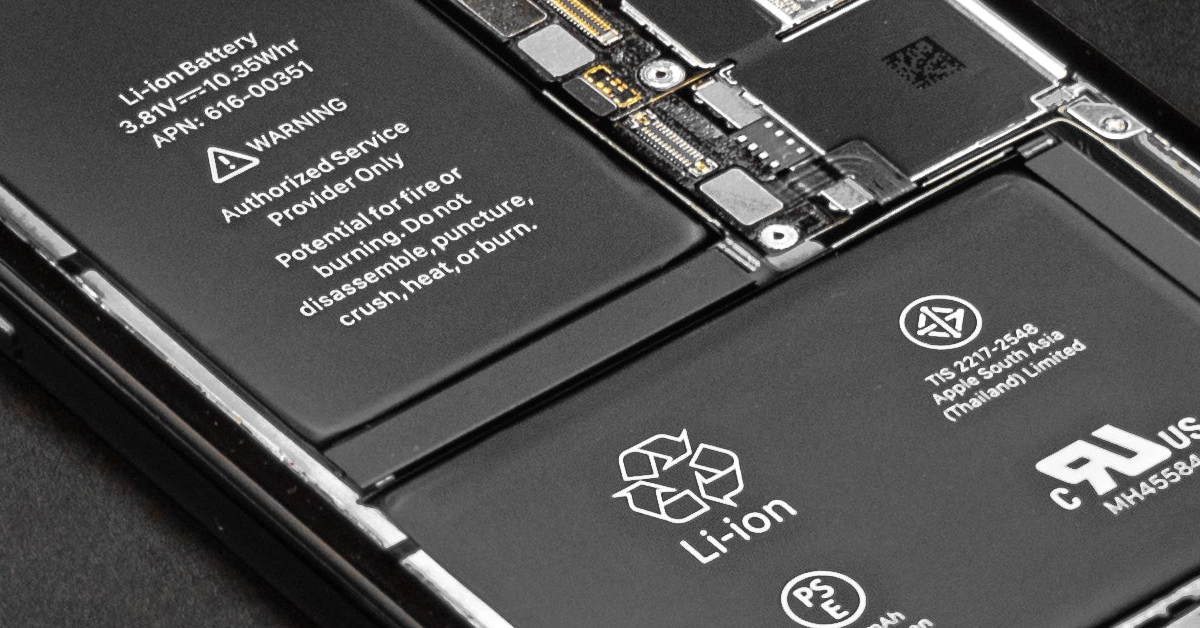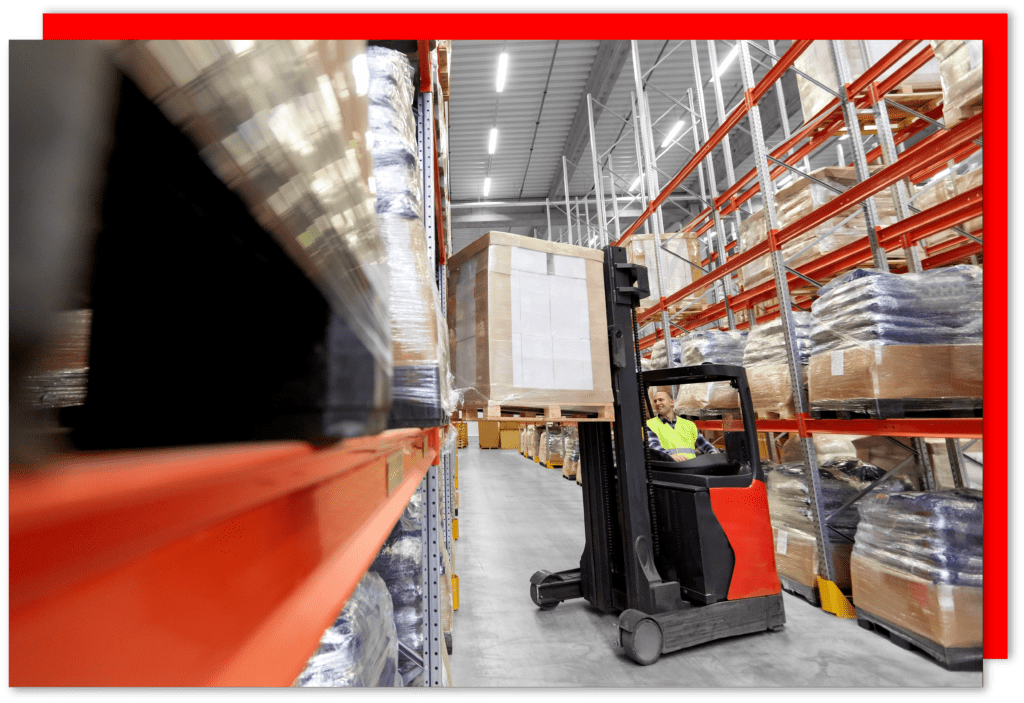From e-scooters and e-bikes to an increase of their use in the marine market, how can we stay safe?
E-bikes and e-scooters are becoming increasingly popular. Most are powered by lithium-ion batteries which can be charged in the home. The use of these batteries in a wide range of household products is becoming increasing common. Fire advisers are keen to stress that it is important when charging e-bikes and e-scooters that it is done so safely to avoid a risk of a fire starting and putting families and homes at risk.
Here are some important tips published by The National Fire Chiefs Council about e-scooters and e-bikes:
Charging
- Follow the manufacturer’s instructions when charging and always unplug your charger when it’s finished charging.
- Ensure you have working smoke alarms. If you charge or store your e-bike or e-scooter in a garage or kitchen ensure you install detection, we recommend heat alarms rather smoke detectors for these areas.
- Charge batteries whilst you are awake and alert so if a fire should occur you can respond quickly. Don’t leave batteries to charge while you are asleep or away from the home.
- Always use the manufacturer approved charger for the product, and if you spot any signs of wear and tear or damage buy an official replacement charger for your product from a reputable seller.
- Do not cover chargers or battery packs when charging as this could lead to overheating or even a fire.
- Do not charge batteries or store your e-bike or e-scooter near combustible or flammable materials.
- Do not overcharge your battery – check the manufacturer’s instructions for charge times.
- Do not overload socket outlets or use inappropriate extension leads (use un-coiled extensions and ensure the lead is suitably rated for what you are plugging in to it).
- In the event of an e-bike, e-scooter or lithium-ion battery fire – do not attempt to extinguish the fire. Get out, stay out, call 999.
Storage
- Avoid storing or charging e-bikes and e-scooters on escape routes or in communal areas of a multi-occupied building. If there’s a fire, it can affect people’s ability to escape.
- Responsible Persons should consider the risks posed by e-bikes and e-scooters where they are charged or left in common areas such as means of escape, bike stores and mobility scooter charging rooms. They may wish to offer advice to residents on the safe use, storage and charging of these products.
- Store e-bikes and e-scooters and their batteries in a cool place. Avoid storing them in excessively hot or cold areas.
- Follow manufacturer’s instructions for the storage and maintenance of lithium-ion batteries if they are not going to be used for extended periods of time.
Buying
- Buy e-bikes, e-scooters and chargers and batteries from reputable retailers.
- Many fires involve counterfeit electrical goods. Items which don’t meet British or European standards pose a huge fire risk and while genuine chargers (or battery packs) may cost more, it’s not worth putting your life at risk and potentially destroying your home by buying a fake charger to save a few pounds.
- If buying an e-bike conversion kit, purchase from a reputable seller and check that it complies with British or European standards. Take particular care if buying from an online auction or fulfilment platforms. Also be aware that if buying separate components, you should check that they are compatible.
- Register your product with the manufacturer to validate any warranties – batteries are usually included in warranties. Registering makes it easier for manufacturers to contact you in the event of safety or recall information.
- Check any products you have bought are not subject to a product recall. You can do this by checking Electrical Safety First’s website or the government website.
Damage and Disposal
- Batteries can be damaged by dropping them or crashing e-bikes or e-scooters. Where the battery is damaged, it can overheat and catch fire without warning. Check your battery regularly for any signs of damage and if you suspect it is damaged it should be replaced and should not be used or charged.
- If you need to dispose of a damaged or end of life battery, don’t dispose of it in your household waste or normal recycling. These batteries, when punctured or crushed can cause fires in bin lorries, recycling and waste centres. Your e- bike or e- scooter manufacturer may offer a recycling service. Alternatively check with your local authority for suitable battery recycling arrangements in your area.
The Lithium-Ion Battery Risks to the Marine Industry
It is not just in domestic appliances that lithium-ion batteries are becoming more commonplace. Due to significant weight saving and power efficiencies, the marine market is moving towards the use of lithium-ion batteries.
Another major reason for the transition to lithium-ion batteries in the marine industry is that the technology contributes to greener shipping. The International Maritime Organization (IMO) estimated that the amount of carbon dioxide emissions from shipping represented 2.2% of the global human-made emmissions in 2012. They expect this number to increase to rise to 50 – 250% by 2050 if no action is taken.
An increasing use of Lithium-ion batteries leads to an increased risk for fire. In a report made by the European Union, scientists conclude that a lithium-ion battery fire on board of a ship can be more deadly than a sinking ship. This is because a lithium-ion battery fire is one of the most dangerous and difficult fires to control and extinguish.
Superyacht fires caused by Lithium-ion batteries
On 7th September 2018, a fire occurred in the garage of the superyacht MY Kanga, at that time at anchor in the coastal area of Croatia. The fire quickly developed to the upper decks resulting in an uncontrollable situation. It took less than 25 minutes for the fire to spread to the sun deck, accompanied by explosions. Orders were given to abandon the ship. The safety investigation published in 2019 concluded that the fire in all probability was caused by the lithium batteries of an electric surfboard. The crew was not aware of how dangerous lithium batteries can be. According to this article published by SuperYachtNews.com, 55 superyacht fires have been reported since 2000. This represents 1% of the total deliveries. Considering the private nature of this market, this number is most likely significantly higher.
Equipped with built-in protection and fail-safe management systems, the latest generation of lithium-ion batteries for marine use are extremely safe. But battery fires have always been a potential hazard on boats and as the science of batteries has evolved, so has the nature of the threat they present. Thankfully, no casualties resulted from the fire that destroyed the 41m MY Kanga, but the episode underlined the need for better understanding of Li-ion batteries to keep the hazards in check.
The subsequent investigation report released by Transport Malta’s Marine Safety Investigation Unit (MSIU) concluded that “in all probability” the fire was started by lithium-ion batteries in Kanga’s tender garage, where four electric surfboards with lithium-ion battery packs were stored. None of these were being recharged at the time of the incident and the garage extraction fan was running.
Although the surfboards had in-built protections to guard against short circuits, over-charging, extreme temperatures and water ingress, the crew had complained about sea water ingress into three of the batteries and brownish-colour
ed water leaking from them. The safety investigation could not determine whether this was only sea water, sea water mixed with electrolyte, or the product of a reaction.

If moisture or water seeps into a lithium-ion cell it can react with the Lithium salt in the electrolyte to release Hydrogen Fluoride. As the concentration of HF increases, the colour of the electrolyte could change from colourless to a yellowish-brown to a reddish-brown during storage. Furthermore, sea water can cause a short circuit because of its high conductance and corrosive properties.
The electrolyte inside a lithium-ion battery is highly volatile and intrinsically flammable. One of the most catastrophic failures of a lithium-ion battery is a ‘thermal runaway’ event, which happens when an exothermic reaction goes beyond control, driving temperatures even higher. Explosions could occur if the flammable gases produced during thermal runaway either mix with the remaining air within the battery enclosure, or when fresh air enters the battery enclosure from vents or openings.












